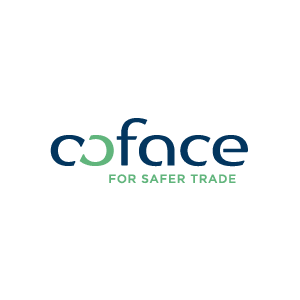Gemeinsam mit der Karlshochschule International University haben wir 9 moderne Führungsmodelle untersucht und 17 Prinzipien für New Leadership herausgearbeitet. Entdecken Sie die 17 Prinzipien und laden Sie sich die Beschreibung kostenlos herunter.
Der Weg in eine nachhaltige und digitale Zukunft erfordert mutige Führung. Was Führungskräfte bisher erfolgreich gemacht hat, reicht in der Zukunft nicht mehr aus - sie brauchen neue Prinzipien, Kompetenzen und Werkzeuge. Entdecken Sie unsere interdisziplinären Workshops, Trainings und Learning Journeys für Führungskräfte.
Gestalten Sie Ihre Zukunft einfach selbst. Kommen Sie in unsere Future Design Lab, zusammen mit Ihren Teams. Sie werden wie ein Futurist denken, Hypothesen und Szenarien entwerfen und mit Design Thinking Methoden arbeiten. In unseren Future Design Labs kreieren Sie Zukunft, passen Ihre Strategie an, modernisieren ihr Geschäftsmodell und entwickeln agil innovative Produkte & Services.
Erfolgreiche Organisationen der Zukunft sind in der Lage, das Potential aller freizusetzen. Veränderung ist kein Ausnahmezustand, sondern neue Normalität. Wenn Sie Ihre Organisation in die Zukunft navigieren wollen, dann sind wir als Lotsen dabei. Mit integralem Denken und agilen, dialogischen Methoden der Organisationsentwicklung.

Verbessern Sie Ihre Fähigkeiten und Kompetenzen als Führungskraft und werden Sie zum Treiber der Nachhaltigkeit

Bestimmen Sie Ihren Standort, finden Entwicklungslinien und gestalten Ihre Zukunft

Machen Sie sich Künstliche Intelligenz nutzbar durch unser KI Führungskräfte Training

Das Führungskräftetraining für Digital Leader in der Data-Driven Economy.
Auf der Grundlage von mehr als 200 Interviews, die wir in den letzten 12 Monaten mit verschiedenen HR-Führungskräften geführt haben, sowie aktuellen Publikationen von führenden Organisationen, haben wir die 8 wichtigsten HR Herausforderungen bis 2025 identifiziert.




















2014
Robert Schaffner und Michael Pohl haben triangility 2014 in Singapur gegründet.
>30
triangility ist eine Community aus über 30 Experten verschiedenster Disziplinen.
18.000
Seit Gründung haben wir mit rund 18.000 Führungskräften und ihren Teams…
50+
…in mehr als 50 Ländern, auf allen 5 Kontinenten und in diversen Sprachen gearbeitet.
Sie haben Fragen? Wir freuen uns auf ein Gespräch mit Ihnen! Gern beantworten wir Ihre Fragen zu Ihren Zielen, Themen, Anforderungen und Rahmenbedingungen Ihrer Transformation – und natürlich zu Terminen und Kosten. Bitte schreiben Sie uns: